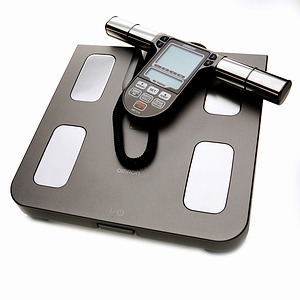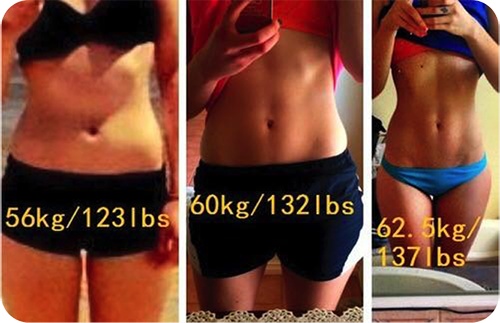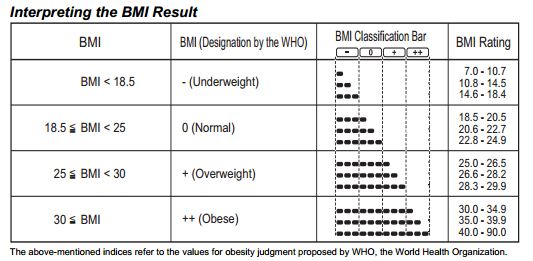Recipes, Links and all about Weight
We’re working hard to bring you some of our favorite recipes and review the ones we find the best, both at a nutritional level and taste. We’ve even had some of our Nutritionists favorite recipes posted here.
Best of the Web Recipes
Remember the meal plans provided and the macro nutrient counts you’re looking for as well as the calorie rate you and your coach have set for you on a daily basis. Make sure to adjust serving size so that you hit the recommended calorie count. Keep the protein levels high, look to lower sugar or fat content to adjust any recipe listed.
Lastly, be inventive! Spices can add a whole new dimension to your meal and can alter the flavor profile. Just because a meal is healthy, doesn’t mean it can’t taste amazing!
The toolbar on the right hand side has some great recipe sites as well as links to some amazing free apps. Want to know exactly what you’re eating, check out MyFitnessPal. You can even share your meals with your coach so they can see exactly what you’re eating and help you modify. The recipe sites listed have amazing low-cal recipes. Occasionally a “not-so-healthy” recipe slips in, so always make sure to check calories and fat/protein/sugars.
Our Favorite Web Resources
Lowcal Recipes
- Skinny Taste
- Skinny Mom
- Livestrong
- Calorie Count
- Skinny Taste
Calorie Count is a wonderful tool where you can paste a recipe and it will calculate all the nutritional values. You may have to tweak it some, but it works great. MyFitnessPal is also a great resource for calories and nutritional information.
BMI is a simple calculation based on height and weight. It’s not very accurate but if you don’t have access to a more advanced scale, it will do in a pinch. Click the button above and enter weight in pounds and height in inches.
Weight is just a number
 [/pullquote]
[/pullquote]
So many people pay attention to the scale. And yes, it can be a general guide to how your are doing. At ProjectMe, we prefer to look at body-fat percentage and simply how you look in the mirror and how your clothes fit. But the most important one is how you feel, energy level, etc.
If you or your coach have a fancy scale like the Omron or the Tanita, here’s how to use all those numbers! They’re important and give you much better insight as to how you are doing at an overall health level. Don’t weight more than once a week, weigh at the same time of day, and make your routine the same. It’s easier in the morning because you haven’t eaten or drank water and you’ve gone to the bathroom, you can help eliminate factors that affect weight like heavy meals, water retention, etc. Many other factors such as time of the month, salt causing water retention, regularity, etc can affect your day-to-day readings so be careful to give weight too much credence. Your selfies will show the absolute best progress. To really illustrate this, take a look at the pictures and weights below. Muscle mass, bone density, etc makes simply a weight number not really meaningful to how you look and feel as well as how healthy you are.

Interpreting the Body Fat Percentage Result
| Age | Low | Normal | High | Very High |
|---|---|---|---|---|
| Female | ||||
| 20-39 | < 21.0% | 21.0 – 32.9% | 33.0 – 38.9% | >= 39.0% |
| 40 – 59 | < 23.0% | 23.0 – 33.9% | 34.0 – 39.9% | >= 40.0% |
| 60 – 79 | < 24.0% | 24.0 – 35.9% | 36.0 – 41.9% | >= 42.0% |
| Male | ||||
| 20 – 39 | < 8.0% | 8.0 – 19.9%: | 20.0 – 24.9% | >= 25.0% |
| 40 – 59 | < 11.0% | 11.0 – 21.9% | 22.0 – 27.9% | >= 28.0% |
| 60 – 79 | < 13.0% | 13.0 – 24.9% | 25.0 – 29.9% | >= 30.0% |
Based on NIH/WHO guidelines for BMI
Based on Gallagher et al., American Journal of Clinical Nutrition, Vol. 72, Sept. 2000
Interpreting the Visceral Fat Level Result
| Viceral Fat Level | Level Classification |
|---|---|
| 1 – 9 | 0 (Normal) |
| 10 – 14 | + (High) |
| 15 – 30 | ++ (Very High) |
According to Omron Healthcare figures (keep in mind, our experiences shows that the Omron scale can vary by as much as 3% on core measurements)
If you happen to have an Omron scale, or use one at your gym, this is the BMI chart specifically from the Omron for your reference.
